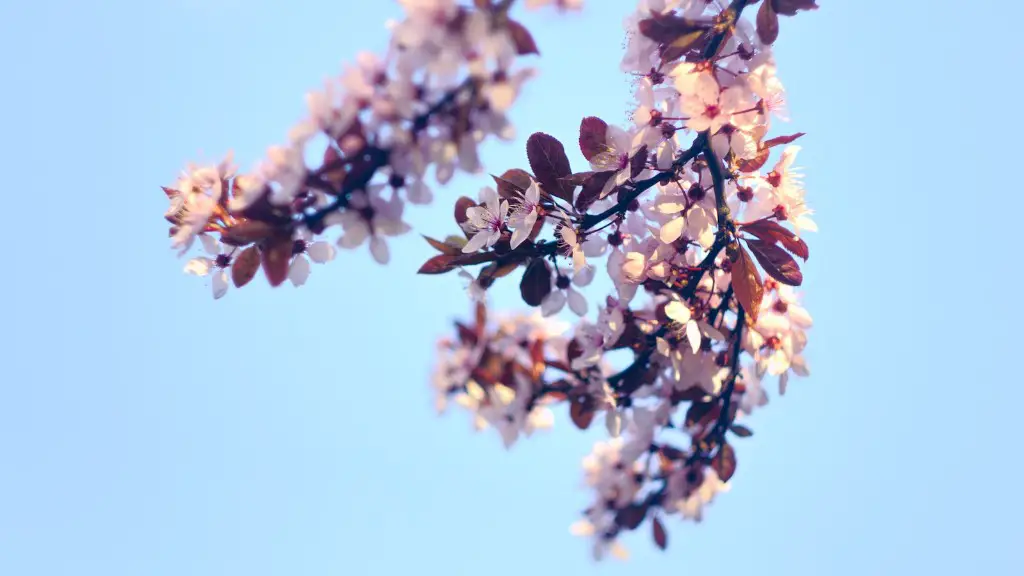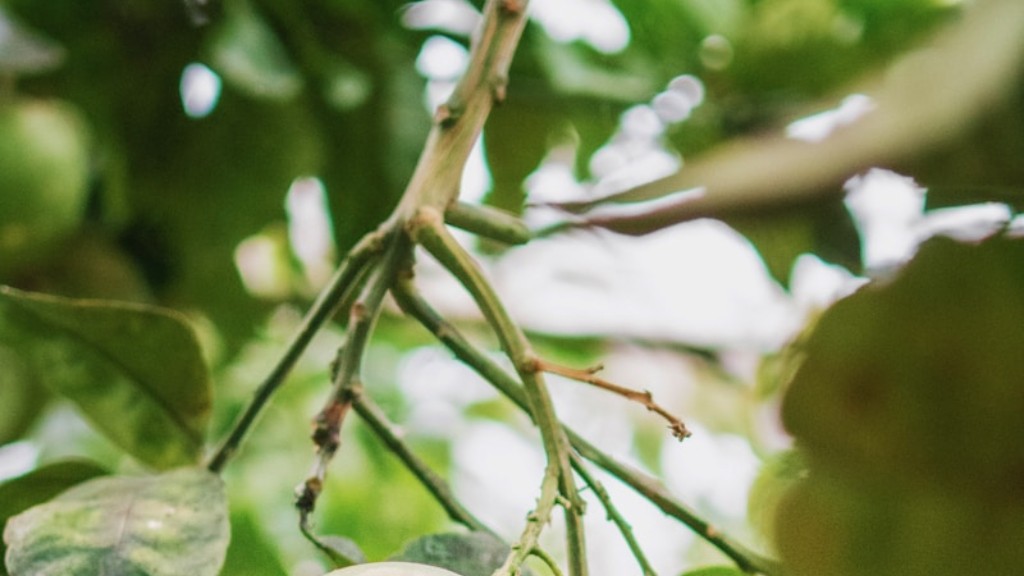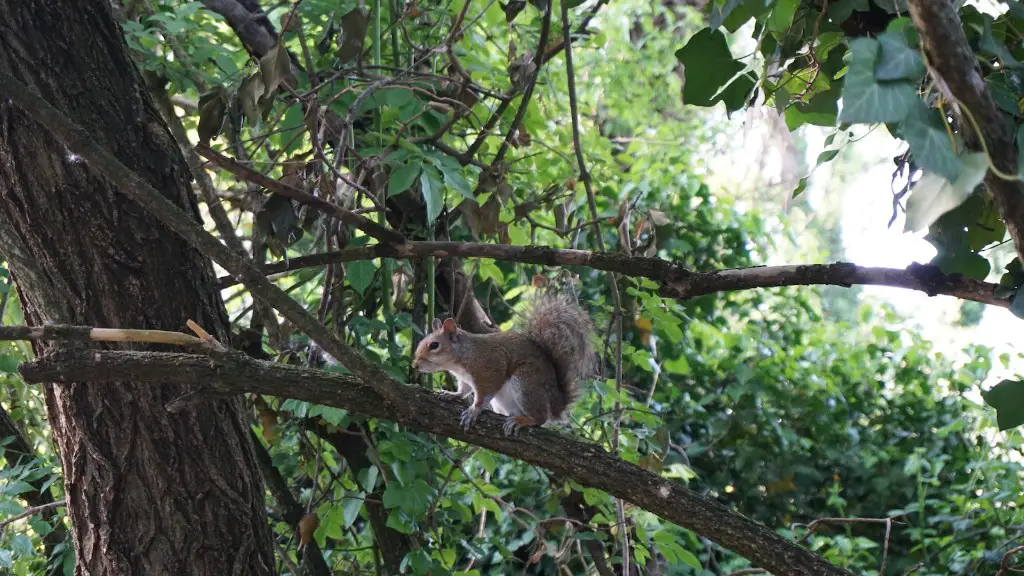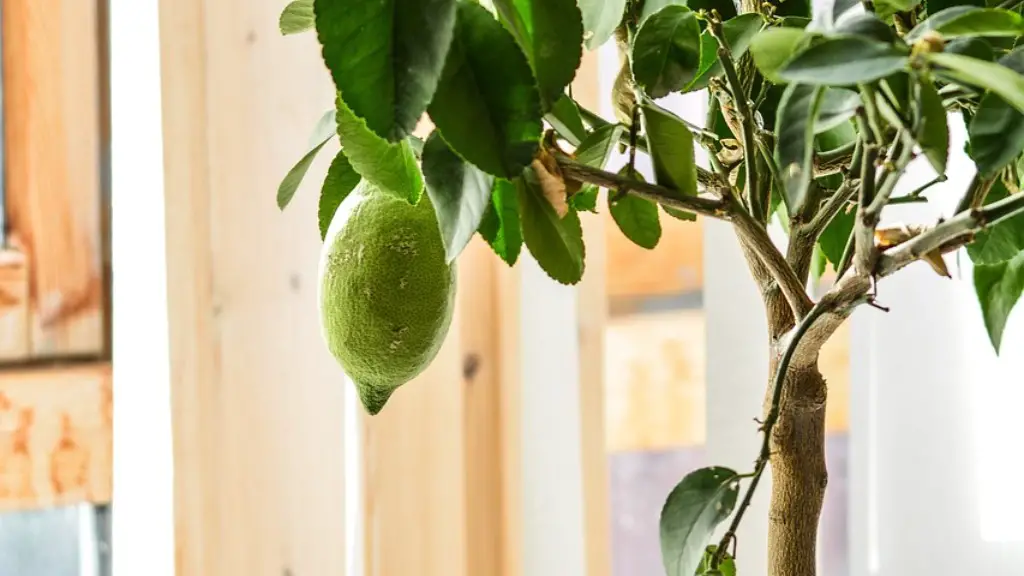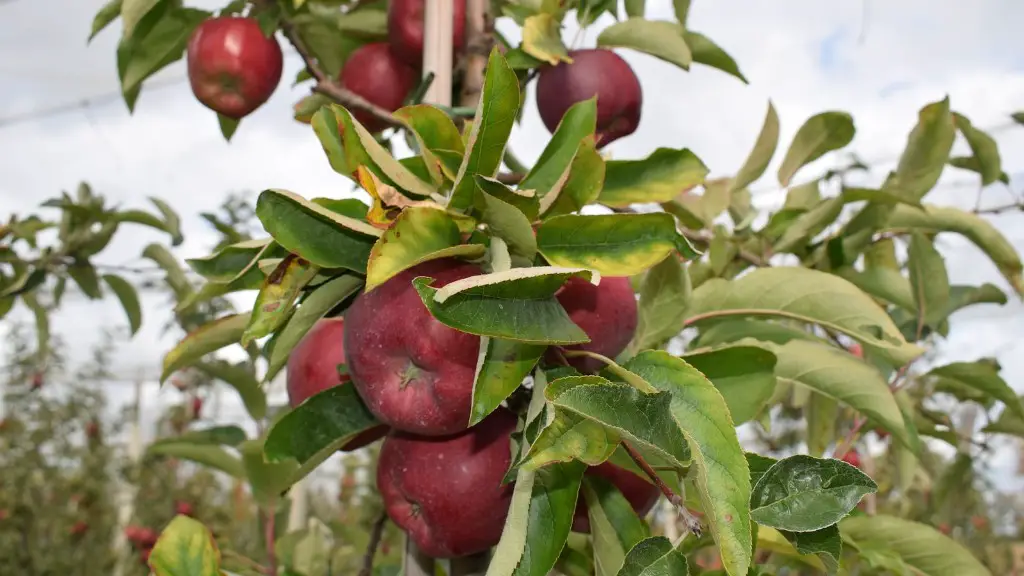Grafting is a common practice in fruit tree cultivation, and cherry trees are no exception. There are a few different ways to graft a cherry tree, but the most common method is called “whip grafting.” Whip grafting is a relatively simple process that can be easily learned with a little practice. With the proper tools and techniques, grafting a cherry tree can be a successful and rewarding experience.
Cherry trees can be grafted in early spring, just before the buds begin to swell. The best time to graft a cherry tree is when the sap is beginning to flow and the weather is still cool.
To graft a cherry tree, you will need a sharp knife, a grafting tool, and a budding knife. You will also need a healthy rootstock that is at least 2 years old.
First, cut a slanting cut on the rootstock. This cut should be about 3-4 inches long. Then, make a second cut on the rootstock, perpendicular to the first cut. This cut should be about 1 inch long.
Next, take a healthy branch from the cherry tree that you want to graft. Cut a slanting cut on the branch. This cut should be about 3-4 inches long.
Then, make a second cut on the branch, perpendicular to the first cut. This cut should be about 1 inch long.
Now, insert the branch into the cut on the rootstock. Use the grafting tool to press the branch into the rootstock.
Finally, wrap the grafting area with grafting tape. This will help the graft to heal.
When should you graft cherry trees?
Grafting is a process of joining two pieces of plant material together so that they will grow as one. This is often done to propagate a particular plant variety, or to repair damage to a plant. The best time to graft is typically in late March, when the weather is starting to warm up but before the plant begins to actively grow. The type of graft you use will depend on the size of the plant trunk. For small trunks, a whip graft is best. For larger trunks, a cleft graft is usually better.
Grafting is a process of joining two plant parts together so they will grow as one. Grafting is often used to change the variety of a plant, to make it more disease resistant, or to improve its yield or fruit quality.
Cherry trees are often grafted using a process called bud grafting. This process involves taking a healthy bud from one cherry tree and attaching it to a branch of another cherry tree.
Here are the steps for grafting a cherry tree:
1. Obtain a healthy bud stick from a cherry tree that is well-developed and has healthy leaves.
2. Cut the bud from the bud stick, making sure to remove all of the leaves.
3. Fasten the bud stick around the branch of the cherry tree that you want to graft it to.
4. Remove the stock branch, which is the branch that the bud stick was attached to.
5. Cover the graft with a grafting clip or rubber band.
6. Wait for the graft to heal, which can take several weeks.
7. Once the graft has healed, remove the grafting clip or rubber band.
8. Water the grafting site regularly and
What rootstock is used for grafting cherry trees
Mazzard is the most popular cherry rootstock grown in North America. It is generally more vigorous than Mahaleb, especially in poorer soils. Performs in deep soils with good drainage. This rootstock is somewhat dwarfing, cold hardy and precocious.
One can graft different types of fruit trees together to create a multi-fruit tree. This can be done by grafting the desired trees onto the same tree, or by grafting different trees together. This can be a fun and interesting way to grow different types of fruit on one tree.
Can you cut a branch off a cherry tree and plant it?
Cherry trees can be propagated by stem cuttings or grafting. Stem cuttings refer to any stem that is cut to produce a new plant. This new plant will be identical to the “mother plant”. Cherry trees are usually semi-hardwood (summer or fall) or hardwood cuttings (during dormant season when wood is hard and mature).
Cherries can be propagated by both semi-hardwood and hardwood cuttings. Semi-hardwood cuttings are taken from the tree in the summer when the wood is still slightly soft and partially mature. Hardwood cuttings are taken during the dormant season when the wood is hard and mature.
How do you graft a tree step by step?
Grafting is a process of joining two plants together so that they will grow as one. This can be done by taking a cutting from one plant (the scion) and joining it to another plant (the rootstock). The plant that is being grafted onto is usually a stronger, more disease-resistant plant. Grafting is commonly used in fruit trees.
Steps for grafting:
1. Make four 3-inch vertical incisions through the rootstock’s bark, starting at the top.
2. Prepare the scion by cutting it to a point.
3. Connect the scion to the rootstock by slipping it into one of the incisions.
4. Secure the graft by wrapping it with twine or grafting tape.
5. Protect the graft by covering it with a plastic bag or grafting wax.
6. Secure the plastic so that it does not blow away in the wind.
If you’ve taken a cutting from a tree and you want it to grow, in two to three months you should check to see if it has taken root. If it has, then you can allow it to grow until the roots have spread throughout the pot. Once the roots have spread, you can transplant the sapling into a gallon-sized container. Before transplanting, fill the container with potting soil.
Do you need to graft a cherry tree
Grafting is a process in which a branch or bud from one tree is transplanted onto the trunk or branch of another tree. This process can be used to propagate cherry trees at home, and it is the way that most commercial cherry trees in the United States are produced (Hartmann et al, 2011). Grafting is a reliable and cost-effective method of tree propagation, and it can be used to create trees with desired characteristics (such as fruit type or color).
The best season for grafting was summer. The treatment combination of 1-mo-old rootstocks in summer produced minimum sprouting time (840 d), the highest percentage of graft success (9333%), and graft growth in the greenhouse.
How long does it take for a grafted cherry tree to bear fruit?
It takes a long time for a tree to bear fruit, but when it does, it can produce a lot of fruit.
Stone fruit can be grafted onto other stone fruit trees. However, you cannot graft a cherry onto an apple, a pear onto an apple, or a cherry onto a pear.
Do you bury the graft on fruit trees
When planting a tree, it is important to ensure that the hole is deep enough to allow the graft union to be 2-3 inches above the ground. If the tree is planted too deep and the graft union is below ground level, the tree will form roots and become a standard-sized tree.
Almonds, peaches and cherries can be grafted together because they are of the same genus. This allows for a greater genetic diversity, which can be helpful in creating new and improved varieties of these fruits. Additionally, it can also help to create fruit trees that are more resistant to disease.
Can grafting be done on any tree?
Grafting is a process where a piece of one plant is joined with a piece of another plant so that they grow together as one plant. This is generally done with plants that are closely related botanically so that they form a good graft union. However, grafting is not a means of developing new varieties of plants. The stock and scion (the piece of the plant that is grafted onto the other plant) must be compatible in order for the graft to be successful.
If you’re growing fruit trees, it’s important to make sure they’re properly pruned and trained. Upright branch angles can lead to limb damage under heavy production, so make sure your trees are healthy and well-tended.
Final Words
1. Choose a scion, or portion of the desired cherry tree, that is about 6 to 8 inches long. The scion should be freshly cut from the branch, and it should contain several buds.
2. Make a clean cut on the rootstock, or existing tree that will serve as the base for the graft. The cut should be diagonal, and it should be about 2 inches long.
3. Insert the scion into the cut on the rootstock. Make sure that the scion is inserted at a 45-degree angle, and that the cut surfaces on the scion and rootstock are touching.
4. Wrap the graft securely with grafting tape or string.
5. Prune the scion so that it is about 1 foot long.
6. Water the graft regularly. After a few weeks, the cherry tree graft should take root and begin to grow.
In conclusion, grafting a cherry tree is not a difficult task. With the proper tools and a little bit of knowledge, anyone can successfully graft a cherry tree. By following the steps outlined in this article, you can ensure that your cherry tree will produce delicious, juicy fruit for many years to come.
